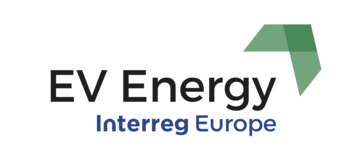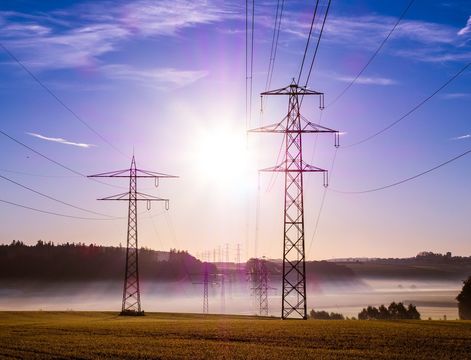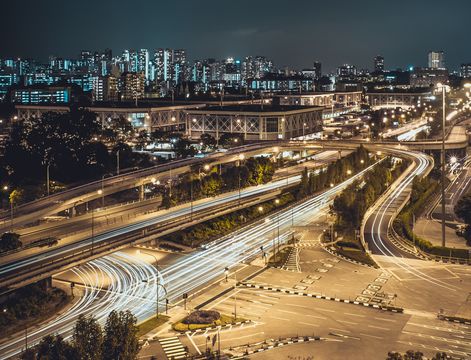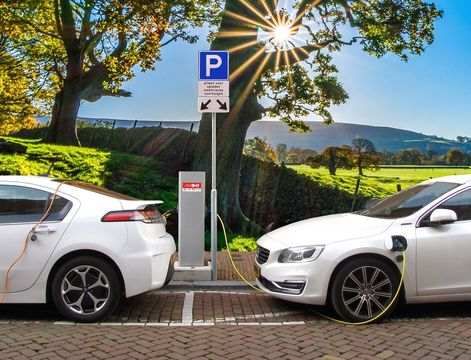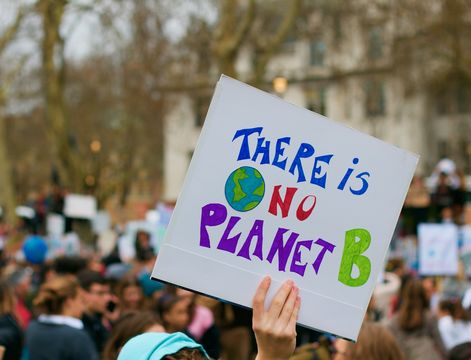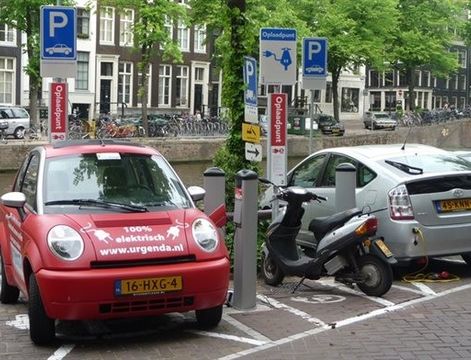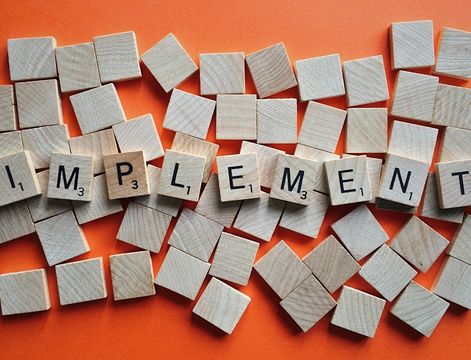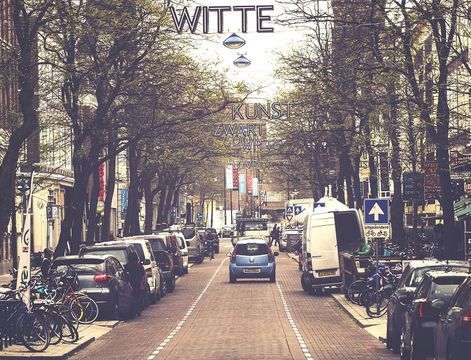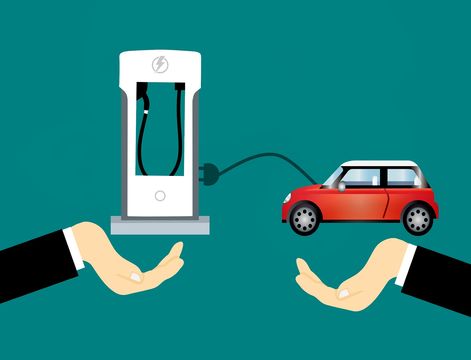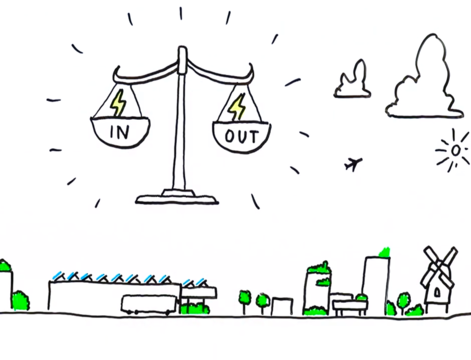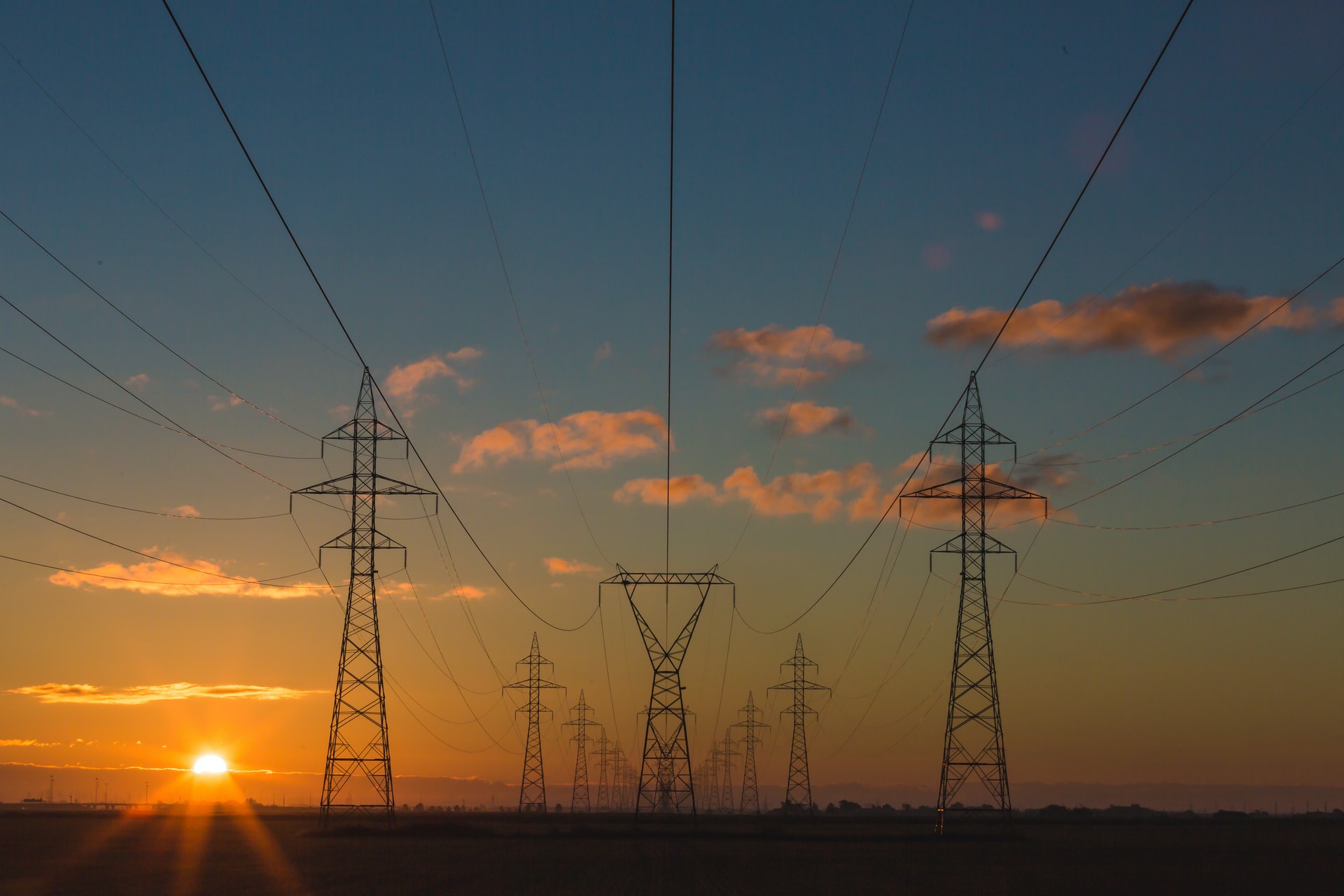As part of the Villemizero project carried out between 2006 and 2008, under Interreg Medocc Programme, some cities which had the best practices of sustainable mobility in the EU were selected in order to show the way in which such best practices were used (follow the link to the video clips).
Why go through the complex process of acquiring best practices if local governments won’t use them? This is what some people were wondering while working on the Villemizero project.
Not so long ago, exactly 12 years ago, it was really hard to be able to enter into dialogue with local administrations, to make them understand the importance of the mobility transition and, above all, how useful and easy it could be to “copy good practices” from the pioneering cities that had already courageously started policies aimed to promote mobility transition.
The video, whose link is indicated above, was produced precisely to show and prove how the local authorities in Europe could take important steps towards achieving the dreams of a zero-emission transport system, while air pollution, traffic jams and parking problems could become things of the past.
Many things have changed since then, since 2008.
Unlike 12 years ago, significant progress has been made in the EU today: there is a greater awareness and good knowledge among the local and regional administrations in Europe of the management of good practices.
This is the reason why EV ENERGY is monitoring 5 action plans elaborated by each partner, at regional level, after a mutual learning process lasted 2 years to promote electric mobility and renewable energy (EV ENERGY is co-funded by the INTERREG EUROPE European Programme, through the European Regional Development Fund (ERDF) .
These action plans are available here.
